Rhythmic montage: ‘Whiplash 2014 – Damien Chazelle
Intellectual montage: ‘Naked gun 2, 1991 – David Zucker‘
Metric editing: ‘October: ten days that shook the world, 1927’
Rhythmic montage: ‘Whiplash 2014 – Damien Chazelle
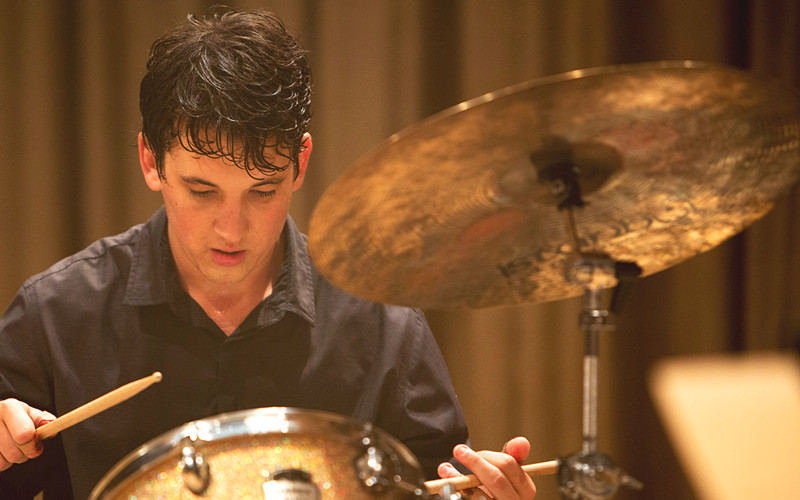

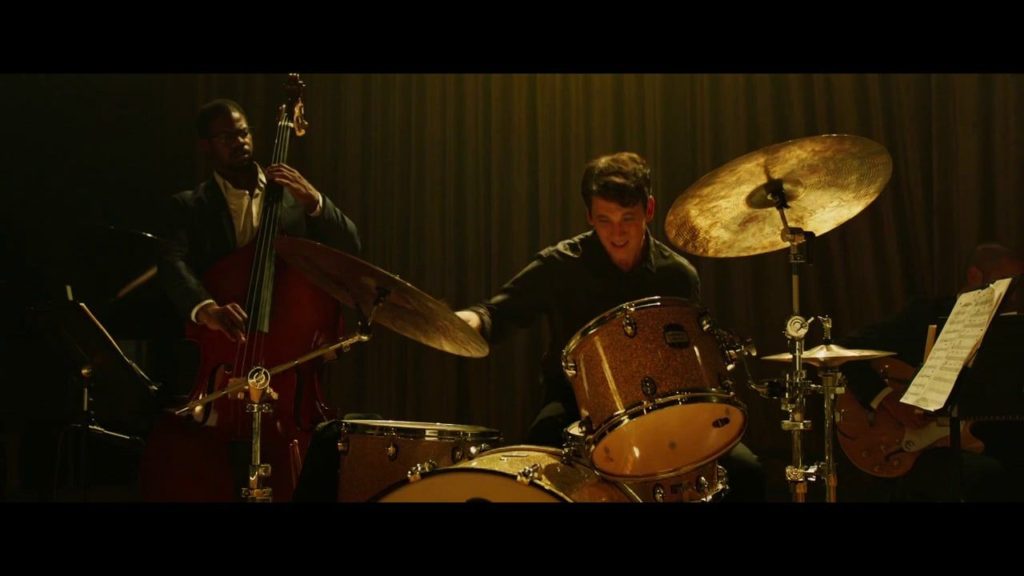
Intellectual montage: ‘Naked gun 2, 1991 – David Zucker‘

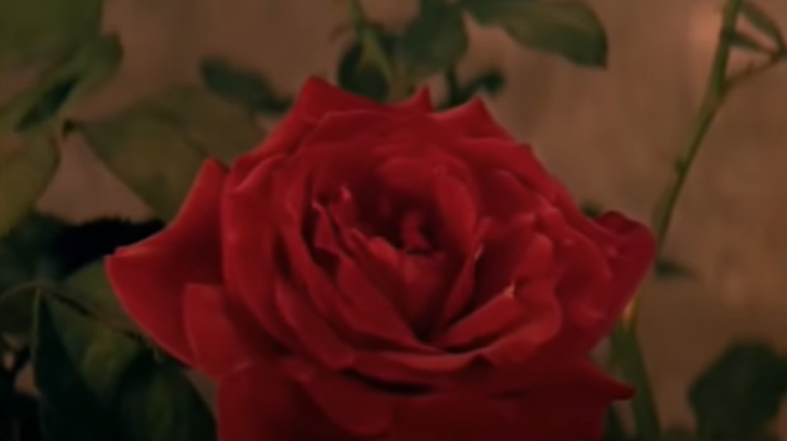
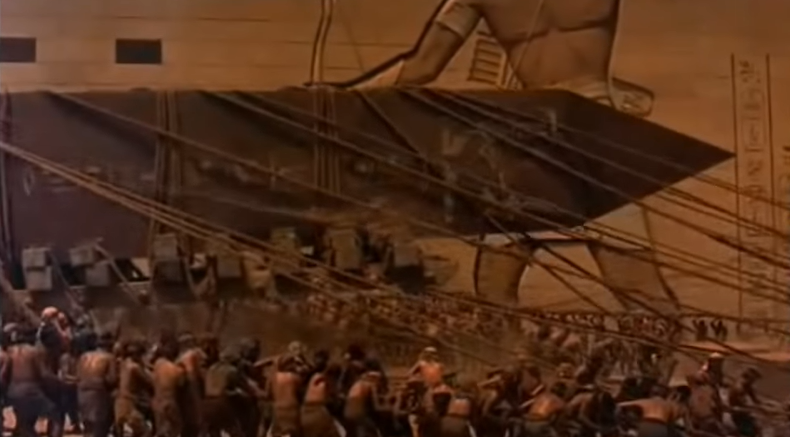
Metric editing: ‘October: ten days that shook the world, 1927’





Hitchcock is utilizing Kuleshov’s impactful method of emphasising characters emotions by adding two shots in a sequence that suggest a different meaning for the audience. The Kuleshov effect was heavily used in soviet cinema and had an obvious influence in Hitchcock’s films. other examples include his film ‘Psycho’ – 1960.
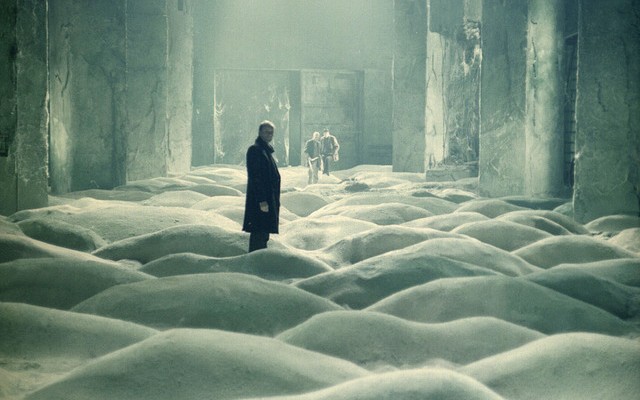



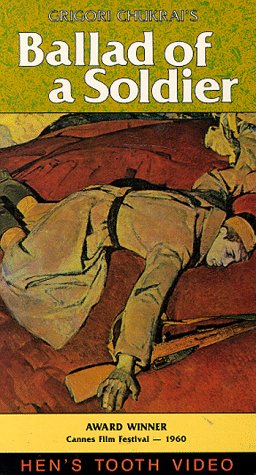

The German institute of cinematography is a film school located in Moscow was the first film school in the world. Founded by Vladimir Gardin, was a Russian film director who wanted to improve the Russian film medium. The most recognisable students from VGIK would be Lev Kuleshov. Who contributed as one of the founders of the Moscow School.
VGIK – “outstanding Russian filmmakers. S. Eisenstein, A. Dovzhenko, M. Romm, S. Bondarchuk, R. Karmen, G. Chukhrai, E. Tisse, A. Golovya, B. Volchek, Ye. Gabrilovich, V, Yezhov, S. Komarov, R. Yurenev taught at VGIK at different periods of its history.”

Task 1: Key narrative and technical conventions of the French new Wave approach to film making. Refer to right and left bank.
Technical approaches:
Narrative approaches:
Left bank & Right bank – French New Wave
Chris Marker, Alain Resnais and Agnès Varda three well known French New Wave Left bank group directors. The Left group films are recognised as films that focus on real socio-cultural issues those of which are less radical, seeing film as an art to express meaning whereas typical right bank films “Cashiers du Cinema” appreciate film as an art form. The two differ in artistic style that being, cinematography, dialogue, and Mise En Scene. Right bank artists are more established.
![Breathless | film by Godard [1960] | Britannica](https://cdn.britannica.com/42/180942-050-694642C7/works-Jean-Luc-Godard-one-Breathless-Jean-Seberg.jpg)



Summarise what Astruc meant by the term “Auteur” and give some examples of the films cited by the movement as being created by Auteur directors.
Alexandre Astruc was a French film scholar, who played a major role in the French New Wave movement. With the notable addition of André Bazin, whose work in the Cahiers du cinéma (1951) influenced a generation of film makers, directors, critics, and scholars. Astruc recognised film as a form of “audio visual” language (caméra-stylo), a direct conversation with the Auteur and the audience.
The expressionist art movement was made up by work produced by workers, painters, printmakers and photographers to portray real socio-political issues and conditions that the working class were affected by. Known as social realism.


